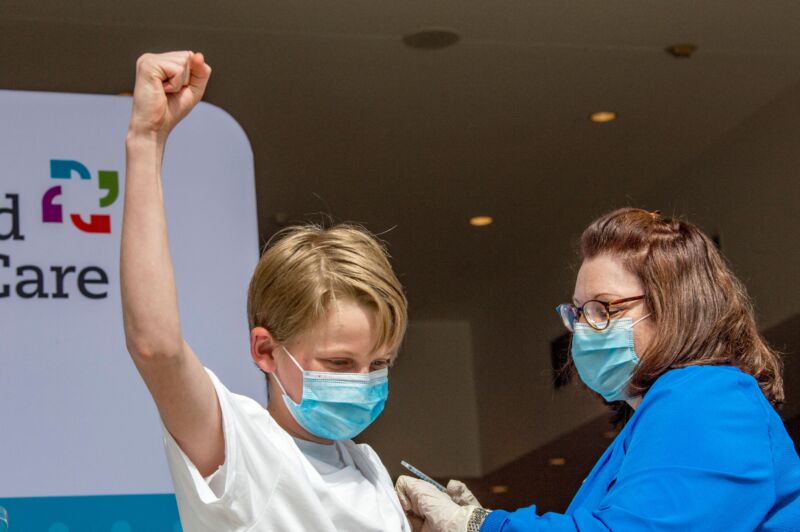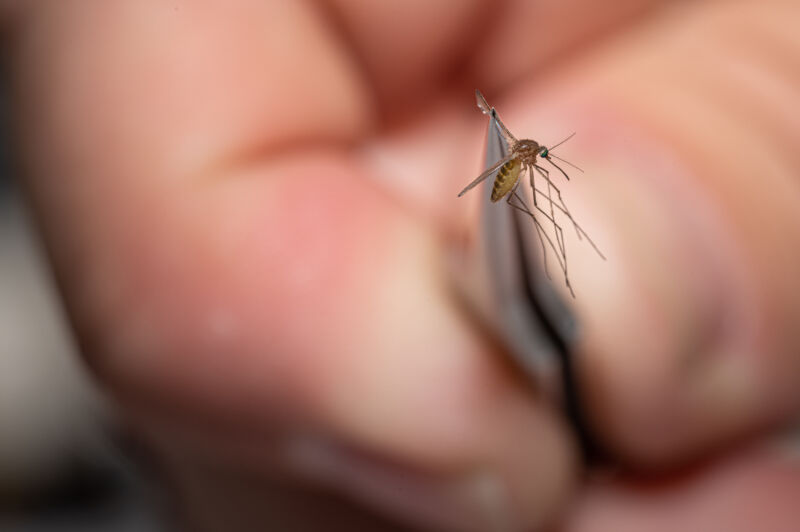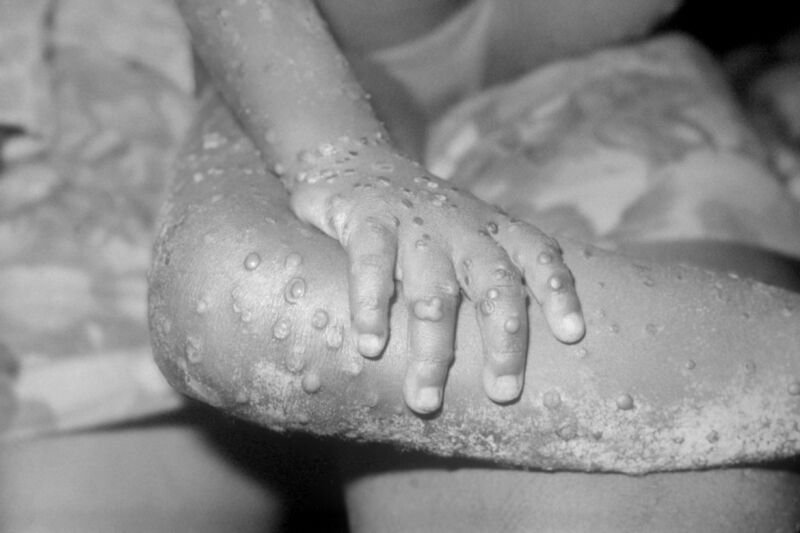Record measles outbreak in Oregon blamed on vaccine exemptions

Enlarge / A US child infected with measles during a 2024 outbreak. The child’s cheek shows the characteristic rash associated with this viral infection. (credit: CDC)
With one of the highest vaccine exemption rates in the country, Oregon is experiencing its largest measles outbreak in decades. This year's count is now higher than anything seen since 2000, when the Centers for Disease Control and Prevention declared the highly contagious virus eliminated from the US.
Since the start of the year, Oregon has tallied 31 cases of measles, all in unvaccinated people. The cases have been accumulating in sustained waves of transmission since mid-June.
Last month, when the outbreak tally was still in the 20s, health officials noted that it was nearing a state record set in 2019. There were 28 cases that year, which were linked to a large outbreak across the border in Washington state. But, with that record now surpassed, the state is in pre-elimination territory.












